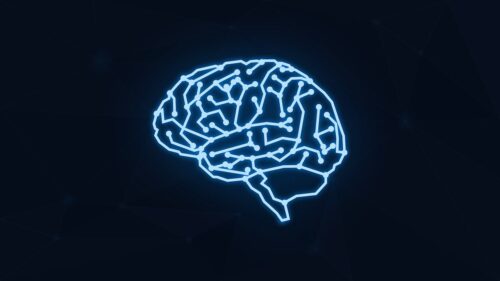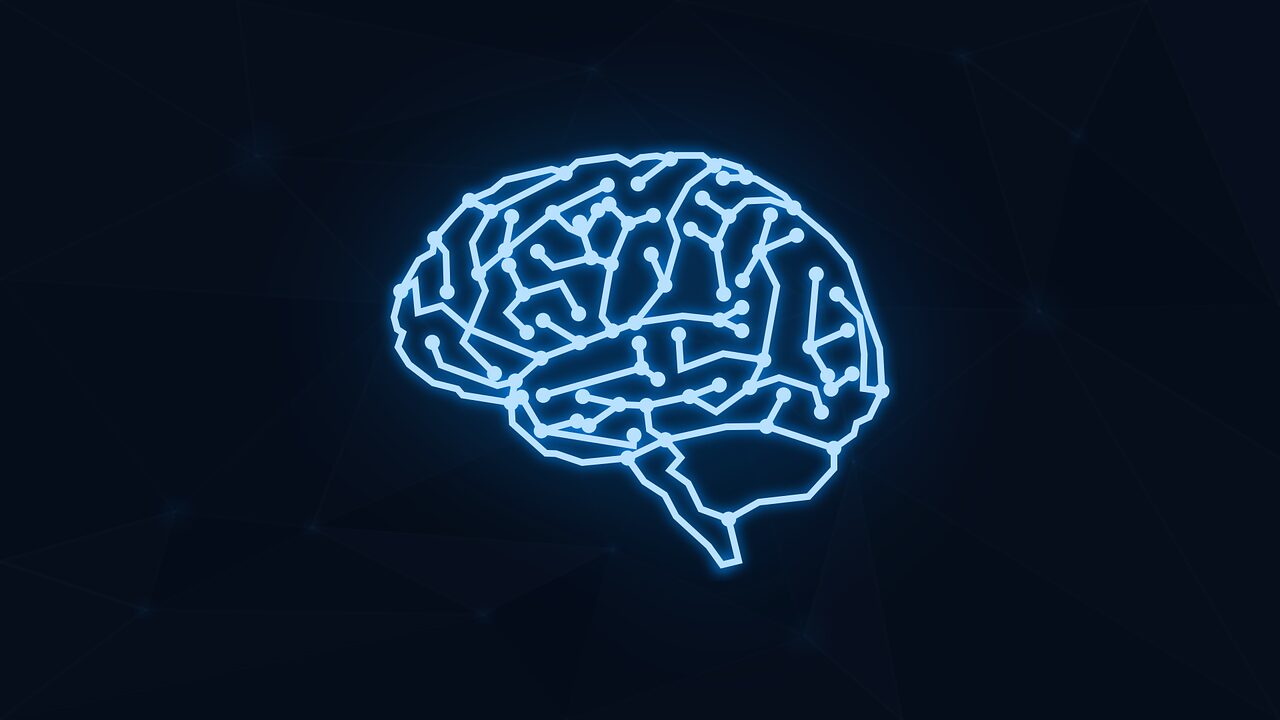The Science of Manifestation: How Your Thoughts Shape Reality—A Deep Dive into Quantum Physics, Neuroscience, and the Law of Attraction
Introduction: The idea that thoughts become reality has been a cornerstone of spiritual teachings for centuries. It’s the central tenet of the Law of Attraction—the belief that our thoughts, feelings, and intentions attract similar outcomes. For a long time, this was seen as a purely metaphysical concept, but in recent years, a fascinating conversation has emerged at the intersection of spirituality, quantum physics, and neuroscience. Is it possible that our brains are more powerful than we’ve ever imagined, capable of not just perceiving reality, but actively shaping it? This comprehensive guide will explore the profound connections between these seemingly disparate fields, revealing how modern science is beginning to provide a tangible framework for understanding the age-old wisdom of manifestation.
1. The Law of Attraction: A Spiritual Principle with Scientific Undercurrents
At its core, the Law of Attraction is a simple yet powerful idea: your inner world creates your outer world. While this concept lacks direct scientific proof, we can explore how its principles resonate with modern scientific theories.
- The Energetic Hypothesis: The Law of Attraction operates on the principle that everything in the universe is energy, vibrating at different frequencies. It suggests that our thoughts and emotions emit a unique energetic frequency, and according to the law of resonance, like frequencies attract like. Therefore, a person who consistently emits thoughts of gratitude, abundance, and love will attract similar positive experiences, while a person mired in fear, anxiety, and lack will attract negative outcomes. While this is a spiritual hypothesis, it's not entirely out of sync with modern physics, which acknowledges that everything is, at its fundamental level, energy.
- The Quantum Connection: Observation and Reality: Quantum mechanics is the study of the behavior of matter and energy at the smallest possible scales. At this level, particles don't behave like solid objects; they exist as probabilities. The famous "observer effect" in quantum physics suggests that the act of observation can influence the behavior of a particle, causing its wave of probability to collapse into a specific state. Some spiritual thinkers have drawn a powerful, albeit unproven, parallel: could our conscious awareness, our thoughts, and our intentions be the "observer" that collapses a wave of infinite possibilities into our personal reality?
- The Neuroscience of Thought: From a neurological perspective, thoughts are simply patterns of electrical and chemical signals in the brain. When we think, we are activating a series of neural circuits. The more we repeat a thought, the stronger and more permanent that neural pathway becomes. This process, known as neuroplasticity, is the scientific basis for how our minds can change and adapt. While neuroscience doesn’t yet have a direct mechanism to explain how these internal neural firings can influence external events, it provides a crucial first step: our thoughts are real, tangible events in the brain that shape our internal reality and our subsequent behavior.
2. From Thought to Reality: The Brain’s Role as a Manifestation Engine
While the connection between brain science and the Law of Attraction may seem abstract, there are concrete psychological and neurological processes that explain how a positive mindset can lead to tangible results.
- The Reticular Activating System (RAS): Tucked away at the base of your brain, the Reticular Activating System (RAS) is the ultimate gatekeeper of information. Its job is to filter the trillions of bits of information you receive every second and highlight what is most relevant to you. For example, when you decide to buy a red car, you suddenly start noticing red cars everywhere. The Law of Attraction suggests that when you focus on your goals with positive intention, your RAS is activated, directing your attention to opportunities, people, and resources that align with your desires. The RAS doesn't create the opportunity, but it makes you aware of it, leading you to take action.
- Psychological Priming and Belief Systems: Priming is a well-documented psychological phenomenon where a person's exposure to one stimulus can influence their response to a subsequent stimulus. In the context of manifestation, this means that the positive words you use, the affirmations you repeat, and the visualizations you perform can prime your brain for success. It influences your subconscious mind to be more confident, resilient, and open to opportunities. This doesn’t change external reality on its own, but it profoundly changes your internal reality and the actions you take, which in turn, changes your external reality.
- Emotional Resonance and The Body-Mind Connection: The connection between our thoughts and our emotional state is undeniable. When we think a positive thought, our brain releases feel-good chemicals like dopamine and serotonin. This creates a positive emotional state, and from this state, we are more likely to take positive, confident action. This emotional resonance also affects our social interactions, as people are naturally drawn to positive, confident individuals. This is a clear, scientifically proven way that our internal thoughts can influence external outcomes.
3. The Active Component: How Action, Not Just Thought, Fuels Success
The Law of Attraction is not a passive process. It's a partnership between thought and action. While your mindset is the foundation, your actions are the building blocks of your reality.
- The Power of Intentional Action: A positive thought is a great starting point, but it's not enough on its own. The successful people who use the Law of Attraction understand that it's a call to intentional action. Once you have a clear vision and a positive mindset, you must take consistent, inspired steps toward your goals. This is where the RAS comes into play; it helps you see the opportunities, but it's up to you to seize them.
- The Resilience to Overcome Failure: Failure is an inevitable part of the journey to success. The difference between those who succeed and those who don’t is not the absence of failure, but their resilience in the face of it. A positive mindset allows them to view failure not as a roadblock, but as a lesson. They can learn, adapt, and move forward with renewed determination. Their belief in a positive outcome allows them to persist even when the odds are stacked against them.
- The Law of Attraction and The Law of Physics: The Law of Attraction does not, and cannot, negate the laws of physics. You cannot simply think a car into your driveway. However, you can think of having a car and then, through the Law of Attraction, your mind becomes more focused on opportunities to earn money or a chance to win a car in a contest. The universe provides the opportunity, but it is your hard work and action that make the reality possible.
4. Practical Steps to Harness the Power of Your Mind
Understanding the theory is one thing; putting it into practice is another. Here are some actionable steps you can take to harness the power of your mind and shape your reality.
- Practice Visualization: Visualization is a powerful tool for programming your RAS. Spend a few minutes each day vividly imagining your goals as if they have already happened. Use all your senses to make the experience as real as possible.
- Use Positive Affirmations: Begin each day with a set of positive affirmations. Write them down, say them out loud, and believe them. These affirmations will help to build new, positive neural pathways in your brain.
- Cultivate a Mindset of Gratitude: Gratitude is one of the highest vibrational emotions. By focusing on what you already have, you send a powerful signal to the universe that you are ready for more. Keep a gratitude journal and write down all the things you are thankful for each day.
- Take Consistent, Inspired Action: Don’t wait for a sign from the universe. Once you have a clear vision, take at least one small step toward it every day. This consistent action will create momentum and prove to yourself and the universe that you are serious about your goals.
Conclusion:

The idea that thoughts become reality is not just a spiritual belief; it's a powerful principle that is being increasingly supported by our understanding of how the human brain and the universe operate. While the Law of Attraction doesn't magically negate the laws of physics, it does provide a profound framework for understanding how our internal mindset can influence our external world. By combining positive thinking with intentional action, you can program your mind for success, become more resilient in the face of challenges, and open the door to a life of abundance and purpose. Your mind is the most powerful tool you have. It's time to learn how to use it.
